The ride from Lake Yajoa to the border town of Copan Ruinas (yes, the town was named after the World Heritage Site that was just a km outside) required us to change buses at San Pedro Sula, Honduras' second city. This was not the most optimal in terms of distance as it required the traversal of the two orthogonal sides of a right triangle, but the hypotenuse did not exist due to geographical hurdles (like the Santa Barbara mountains). The first order of business was to walk the 300m to the main road and flag down a Mochito bus (typically marked Mochito SPS, which is not a suffix but abbreviation of the 3 word name of the larger city) for the 2 hour ride to Sula (as it is commonly known) and then get on a bus to Copan Ruinas.
Video: View from the Mochito-Sula bus
We were aware of Sula's reputation for crime and its stature as the unofficial murder capital of the world. And the news networks just love this sort of thing and play this up with breathless reports about the number of incidents per minute. Our experience with similar cities elsewhere in the world had given us the confidence to find our way through these trouble spots and not to expect to be kidnapped the moment we got off a bus. We inquired about the bus transfer and were pleasantly surprised to learn that Sula had a very modern bus terminal hub that catered to all destinations and that our transfer would be no more than a brief walk through the air conditioned interior of a very large modern mall.
Video: Honduran highway near Sula
And that is exactly what we encountered when our minibus docked at one of the numbered gates at the large terminal swarming with fully armed military police at every corner. It was a long walk from one end to another as we would our way through the crowds past all manner of shops, food court and ticket counters to find the one for Copan Ruinas.
We had 2 options (isn't that always the case?), the luxurious bus company (H.A) reach Copan quickly in A/C comfort in both the vehicle and exclusive waiting hall or the regular one (C.S) which is likely to be a bit messy with overcrowding and the occasional breakdown. We had just missed one of these buses and our next one was 2 hours away. The luxury option was 4 hours away. Rather than wait that long we opted for the regular trip and spent the intervening time eating lunch (we managed to find a cafeteria style buffet that had a few meat free bins). The boarding area had several Puertas (gates) but only one was fitted with an X-ray scanner and so that is how everyone was processed. Once past this Puerta, we had to find our dock (Anden) number and then barge into the bus when it showed up. We managed to find a pair of seats over the right rear wheel and gratefully sat down and watched the world from our perch.
Our dock was at the extreme end of the "secure" section which was divided from the "unsecured" section (small minibus type departures) through a small fence at whose apex stood a fully armed military policeman. He made sure no one from the unsecured section passed around the fence. But he did make an exception for one man who had a very restless demeanour as he ran back and forth across the platform. This was clearly one of those people who run the world while the rest of us lazy folk just sit in buses and expect to be transported.
Life is not easy for the conductor of a bus in Honduras. Despite it being December, the sun was beating down hot in the Sula afternoon and the usual unruly crowds made a mess of the simple job of boarding a bus in peace. One might expect a little improvement in their behavior if the company assigned them seat numbers, but those days seem far away. Just as it happens at airports, the ticket clerk showed up at the dock at departure time to help out with the chaos. It appeared that they oversold the bus because people still kept boarding after all the seats were filled. Or was it that these desperate foreign folks did not want to wait an hour for the next bus?
The busy conductor kept running back and forth across the platform, opened and closed the luggage compartment several times. He also got backless plastic seats for those unlucky enough to turn up late. It is better to sit on these plastic benches rather than stand through the 4 hour journey, but it is not that much of a comfort without suspension and a backrest. And, of course, procedure for exiting became a lot more complicated for those at the back but the efficient conductor was always at hand to ensure a smooth operation where the chairs were removed and reinstated.
It was a quiet afternoon and the bus rolled on a couple of hours without incident. At the turnoff to Copan, plenty of people got off and the plastic chairs were mercifully put away. With just an hour to go....
BAAAAAAAAAAAAAAAAAAAAAMMMMMMMMMMMMM!!!!!!!!!!!!!!!!!
Woah, what was that? The loud noise came right under our seats below the right rear wheel well. A blown tire, the inner one of the right rear pair. The conductor went down to take a look. Shook his head mournfully for a few seconds before a look of determination took over. His shirt came off and a tool box with several ancient metallic titbits appeared. 3 or 4 more men assisted him as he disappeared beneath the bus. We were not sure if they were there on the bus just to help or were passengers who volunteered. A little boy too came down from his seat to supervise. The engine was not switched off, nobody murmured. This was a good sigh. After 20 minutes of hectic tinkering the bus moved on. Slowly for a few hundred yards.
The bus crossed the road to the other side so the vehicle was tilted left so the weight was off the blown tire. A spare tire emerged from the other luggage compartment. Never mind that it is bald as an egg. It is hot and dry, who needs grooves? The men put the stopper next to the tire and hollered at the driver to go over it and after a few attempts back and forth, they got it just over so they could pull the tires off. There must have been a dozen bolts on the wheel and it took two heavy men to get all those off with the help of levers. Another 20 minutes and we were ready to roll. And we were only an hour late. Thankful that we were not stranded in the middle of nowhere.
We arrived at Copan Ruinas just an hour before sunset. Unlike the bigger Honduran cities, this one is more laid back and full of foreign tourists out to visit the ruins. We had enough time to get settled at our hotel and a brief walk through the quiet Parque Central. The Bajaj manufactured three wheeler moto-taxis (commonly referred to as auto-rickshaws or just autos in India) were in full force here as in the other Honduran cities. Their high pitched rrr rrr rrr whine transported us all the way to Bangalore or Bombay. Enroute to Sula earlier that morning we had even seen signs for "Bajaj and TVS spare parts"
We revised our history of Mayan culture and chronology of the monarchs that ruled Copan to prepare for our visit to the ruins the next day.
Photo Album

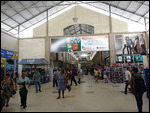


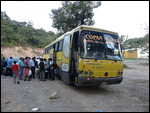
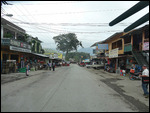
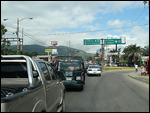


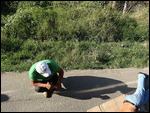
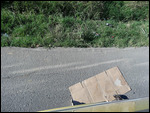


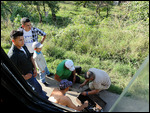

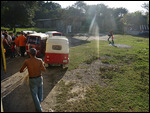
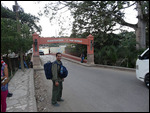
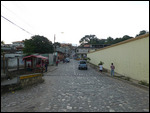
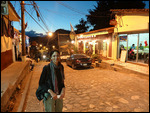


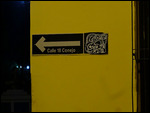
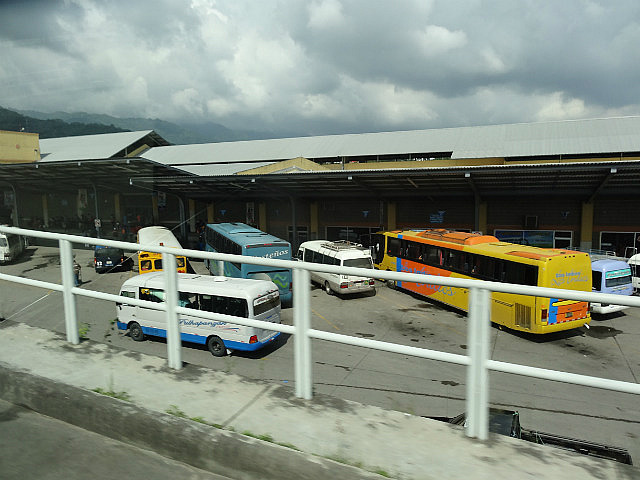
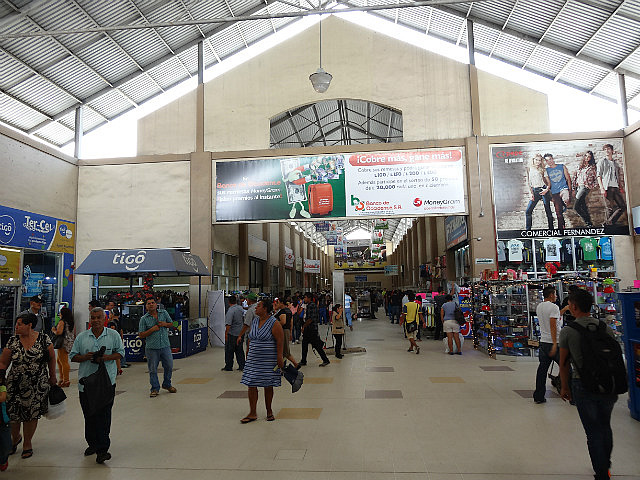

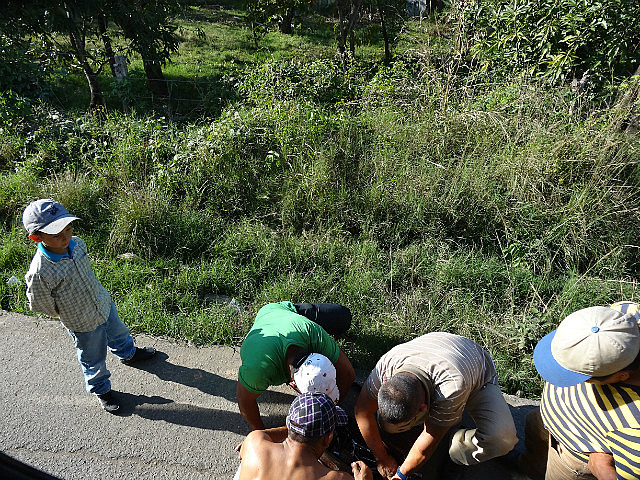
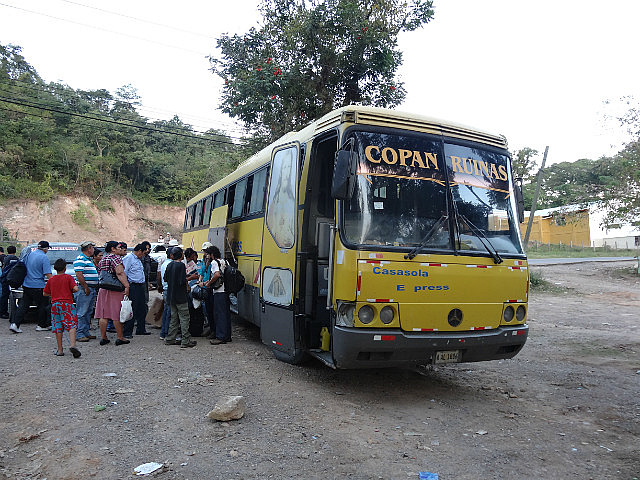
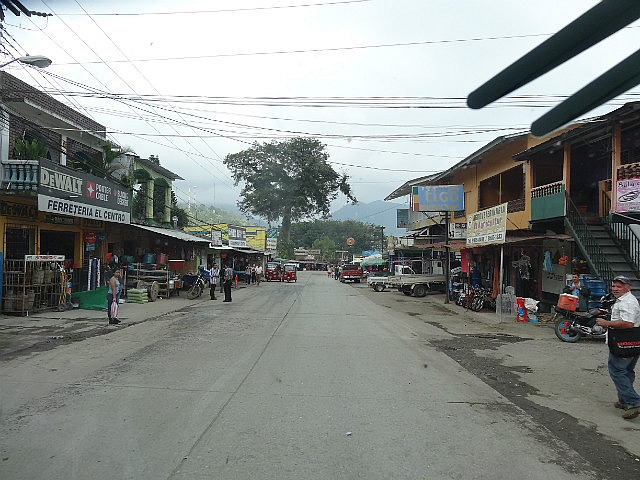

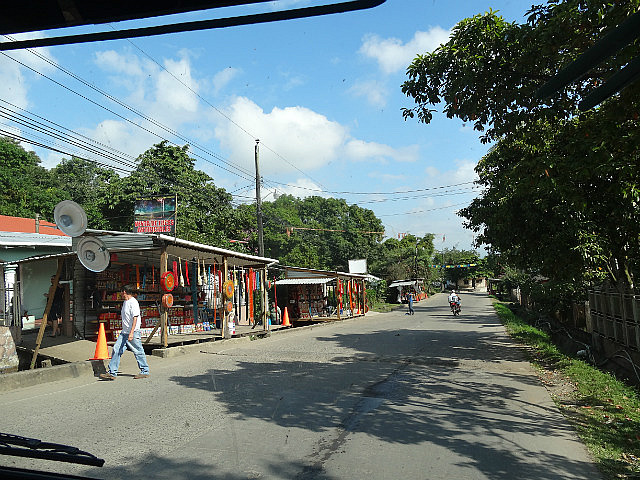
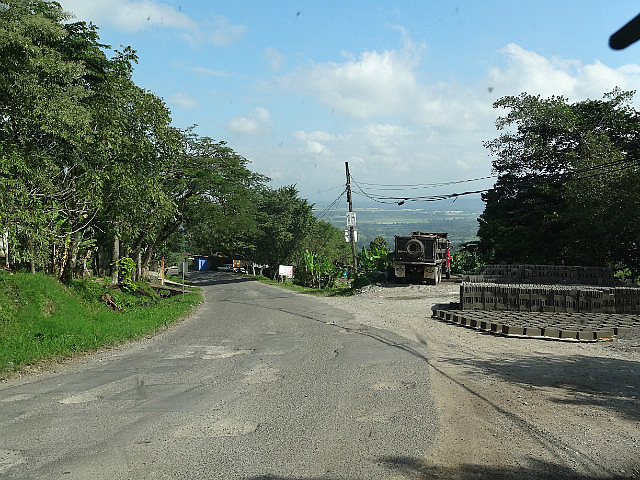

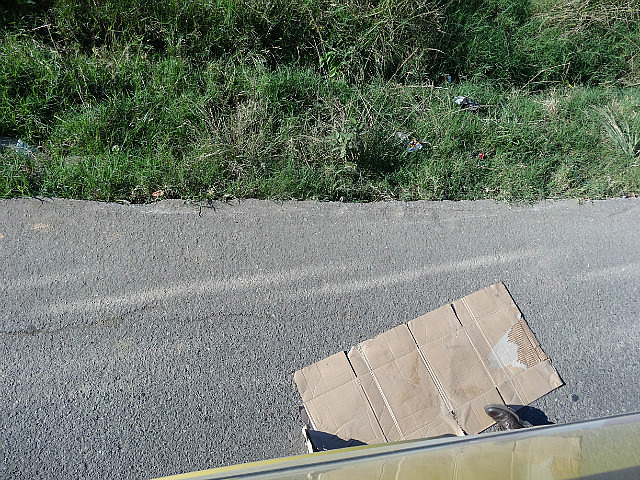
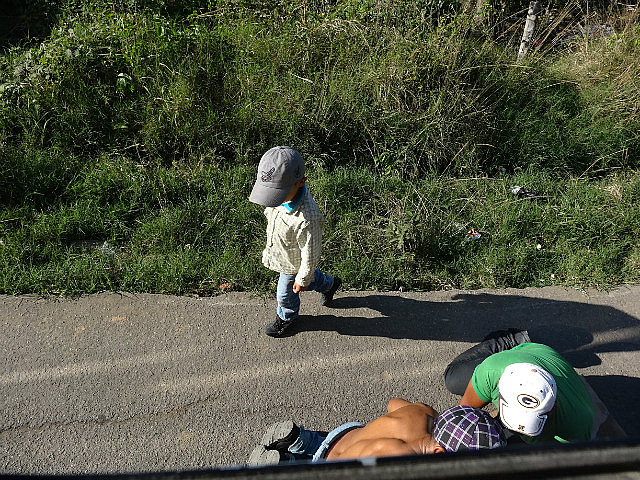


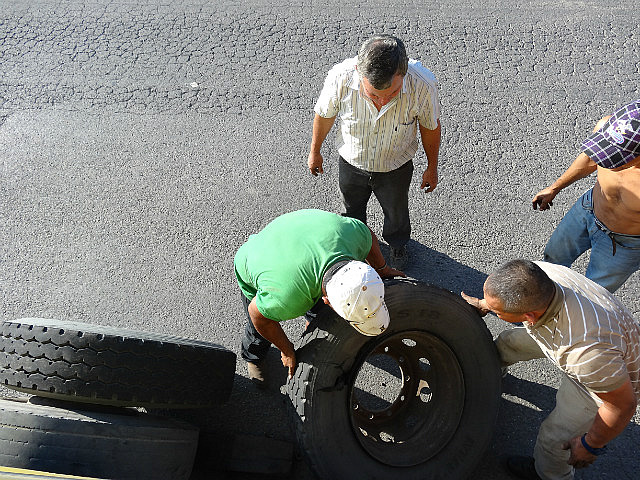
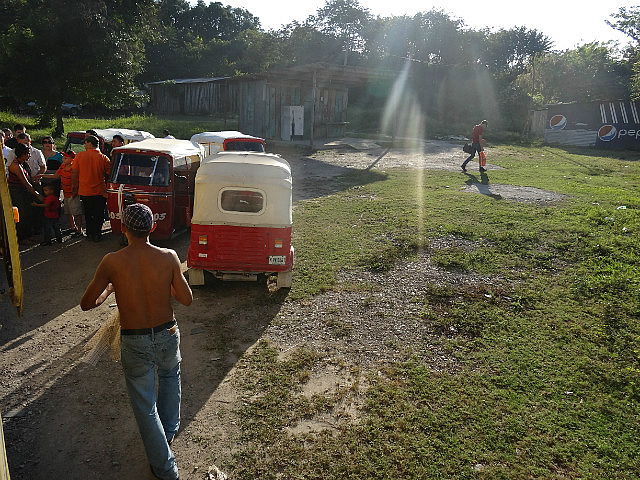
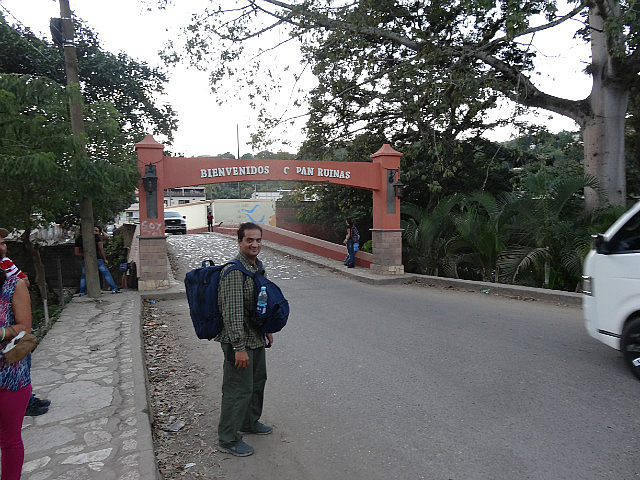
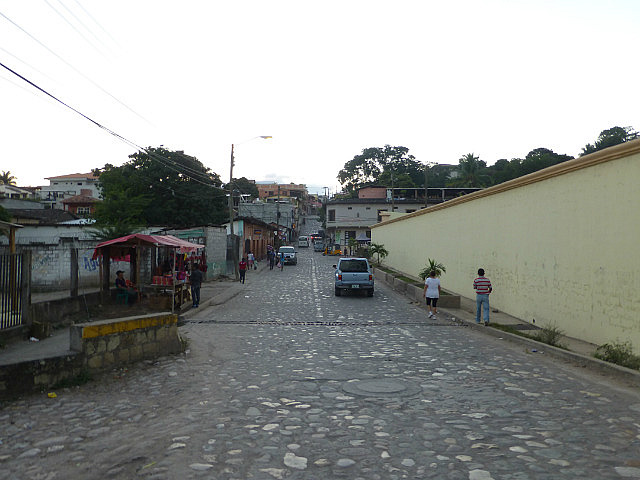
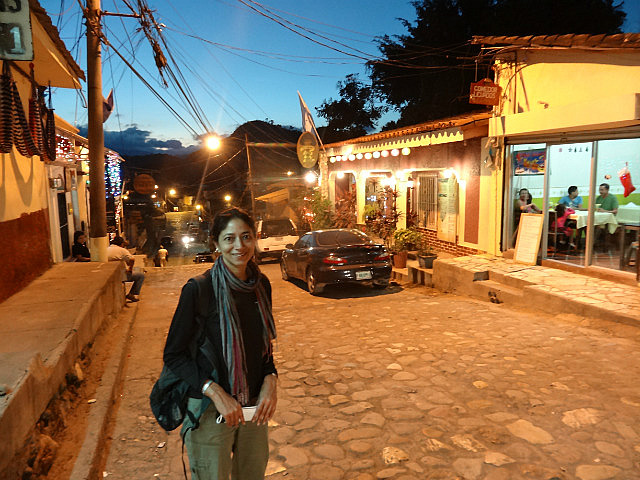
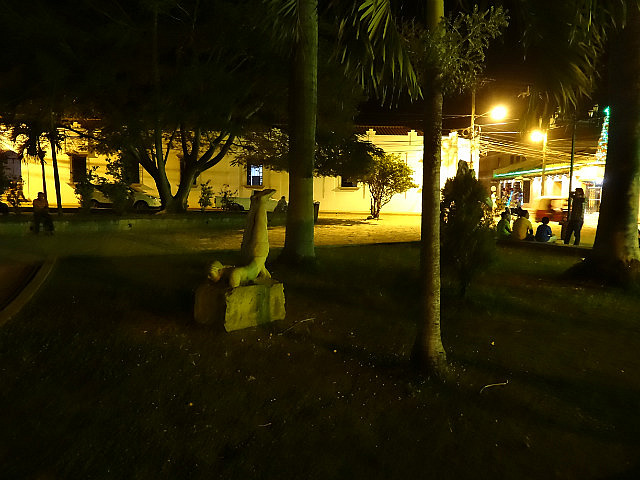
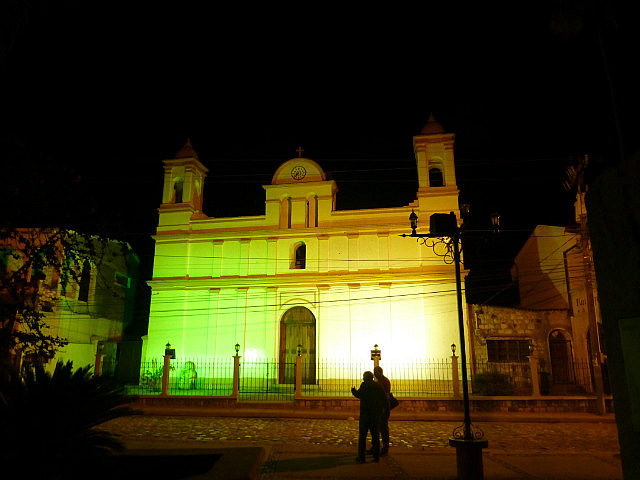

Comments